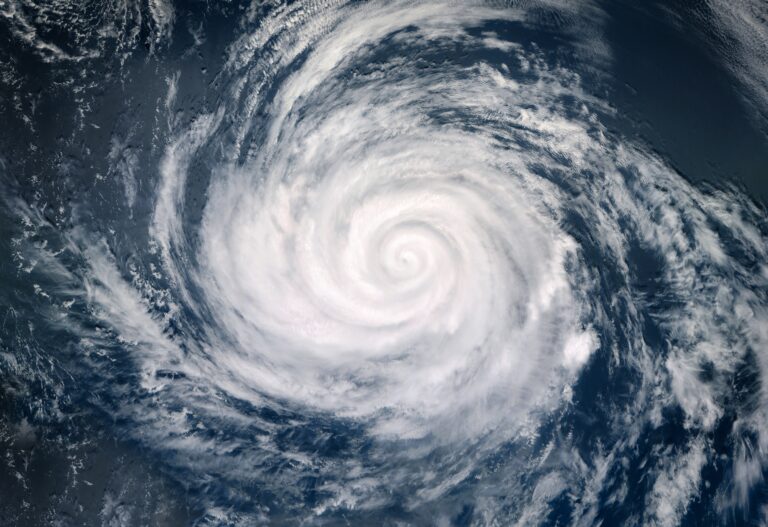Hurricane Melissa struck eastern Cuba early Wednesday, slamming into the coast near Chivirico in Santiago de Cuba with 193 kph winds. The Category 3 storm forced the evacuation of more than 700,000 residents and threatened to worsen the island’s already severe economic crisis.
Cuban President Miguel Díaz-Canel confirmed that over half a million people had been moved to safety. Forecasters warned of a storm surge up to 3.6 meters and rainfall reaching 51 centimeters in parts of eastern Cuba.
US meteorologists predicted that Melissa would sweep across the island through Wednesday morning before moving toward the Bahamas later in the day. They warned that ongoing rainfall could trigger deadly floods and landslides. Bermuda remained under hurricane watch as the system advanced northward.
Officials Brace for Economic Fallout Amid Severe Damage
Cuban authorities expressed concern not only over the storm’s immediate destruction but also its long-term economic toll. Power outages and food shortages have already crippled the nation, and the hurricane’s impact threatens to deepen the crisis.
“There will be a lot of work to do,” President Díaz-Canel said during a televised address. “We know there will be heavy damage, but no one will be left behind.” He emphasized that every resource would be used to protect citizens and rebuild critical infrastructure.
The president warned residents not to underestimate the storm, calling it “the strongest ever to hit national territory.” Officials suspended classes from Guantánamo to Camagüey, covering nearly half the country, as a precaution. Emergency crews and military units deployed to reinforce shelters and protect power grids.
Jamaica Reels from Widespread Destruction
As Cuba faced Melissa’s fury, Jamaica began assessing the extensive damage left behind. The storm inundated the southern parishes of Clarendon and St. Elizabeth, submerging communities and damaging infrastructure. “Entire sections of St. Elizabeth are under water,” said Desmond McKenzie, deputy chairman of Jamaica’s Disaster Risk Management Council.
Four hospitals sustained severe damage, and one lost power entirely, forcing the evacuation of 75 patients. More than 500,000 customers remained without electricity by late Tuesday as crews worked to clear downed trees and restore power lines.
Officials plan to reopen Jamaica’s airports by Thursday to accelerate relief operations. Across the Caribbean, authorities confirmed seven storm-related deaths — three in Jamaica, three in Haiti, and one in the Dominican Republic — while one person remains missing.
Hurricane Melissa continues to move through the region, leaving destruction, displacement, and uncertainty in its wake.


